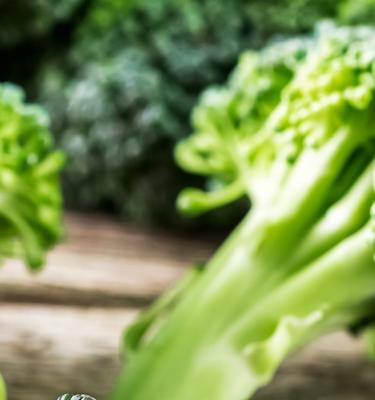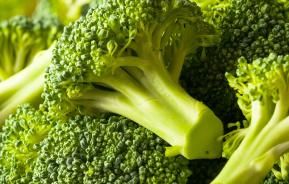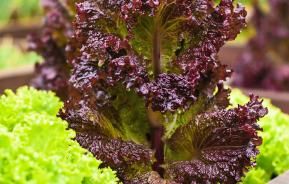What’s not to love about broccoli? Part of the cabbage family, it is low in calories, high in vitamins A and C and high in fibre. Broccoli has some fantastic health benefits and is good for your eyes, your skin, your bones and your teeth. It’s also anti-inflammatory and is a great vegetable in the fight against cancer, heart disease and even diabetes!
Apart from that, it’s easy to grow, easy to cook and we think it’s absolutely delicious. Which all adds up to growing your own broccoli to be a great idea.
Getting started with your broccoli
First, choose the type of broccoli you want to grow. You’ll find there is what supermarkets tend to call broccoli but which is actually properly known as calabrese. It’s the big green heads of broccoli which you most often find on sale. Then there’s sprouting broccoli which comes in a variety of colours (purple, white and green) which takes longer to reach harvest point but can be overwintered to produce a crop in spring.
All broccoli is easy to grow and relatively low maintenance. You’re going to need rich, fertile soil that is both well-drained and moisture-retaining, ideally with a pH of between 6 and 7. If you can, make sure you prepare the soil well in advance of planting by digging some well-rotted compost or manure in the previous season. Broccoli does like full sun, but it is a vegetable that will grow in the shade too!
Growing sprouting broccoli
If planting sprouting broccoli from seeds indoors, plant about 1 cm deep and roughly 10 cm apart, allowing a few seeds for each hole. You’ll probably need to carefully thin out your broccoli at about 10 days and they’ll be ready to plant out at about 4-6 weeks or when the plants are approximately 12cm tall.
Plant about 60 cm apart. If you are going to plant straight out, then you can do so from mid to late May. Water before and after sowing and make sure that the soil always remains moist but not waterlogged.
If you want a spring harvest and you are planting outside, you need to do so before the first frosts so ideally in September or even August although broccoli doesn’t like very hot weather so take care. Make sure you plant in a sunny and sheltered spot and somewhere that won’t get too waterlogged during the winter.
Keep an eye on your plants during the winter in case they need some protection or staking.
Growing Calabrese

Heading broccoli or calabrese is grown in almost exactly the same way as sprouting broccoli, the main difference being that you can sow from March to June and your crop will be ready earlier.
Calabrese is best grown from seed in a proper, sectioned seedling tray to minimize root disturbance when you plant out which will be about a month after sowing. Harden your seedlings off for about 10 days (using a cloche or fleece or bringing them in at night) before planting out. Plant about 20cm apart and give them a light feed to give them a good start.
Looking after your broccoli
Make sure you regularly water your broccoli especially when planting out or during periods of dry weather and keep the area around your plants well weeded. A layer of mulch can work well for keeping the weeds down and the moisture in and look out for pests, particularly in the early days. You may need to use slug pellets or netting.
Your calabrese should be ready to harvest from July onwards depending when you planted but keep a careful eye on it because it is easy to let it go over. If it starts to open up and turn yellow, you’ve missed the boat. If it has started to flower, it’s no longer edible.
Your sprouting broccoli will take a bit longer and will ready from late autumn right through to spring, depending again on when you planted. Harvest your calabrese by cutting it off at the stalk with a sharp knife about 10cm below the head and with sprouting broccoli try and include a few of the side stems when you cut.
Whatever type of broccoli you grow, it’s pretty easy to cook and very versatile. Steam it, stir fry it or serve it raw in a salad, but just enjoy this healthy and easy addition to your garden. Let us know how you get on and any favourite broccoli recipes or grow your own broccoli tips on our social media sites.








